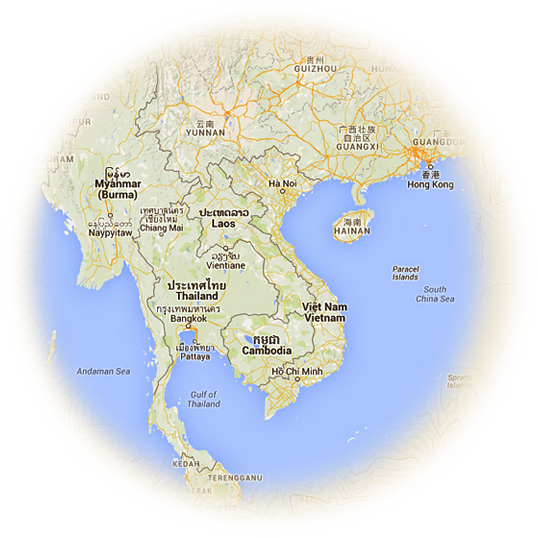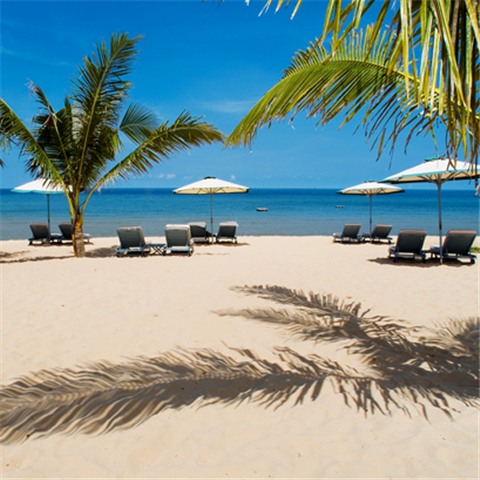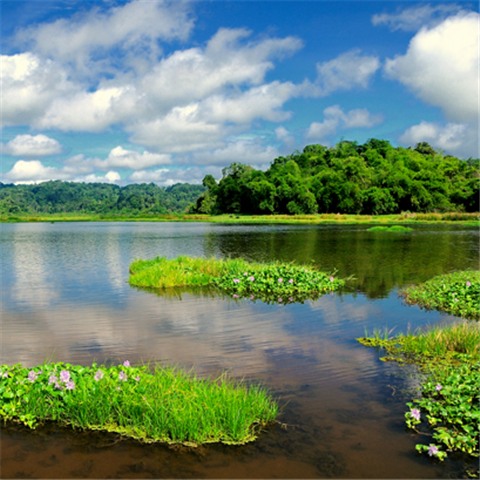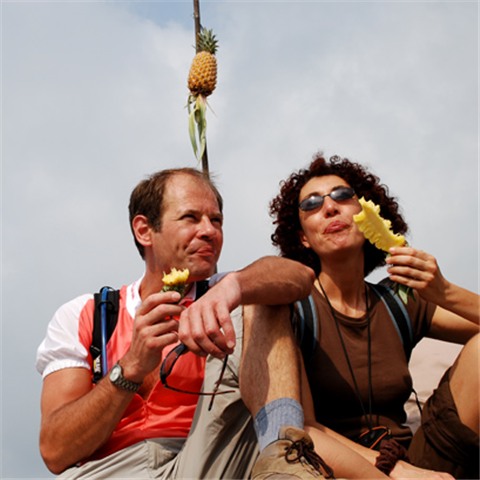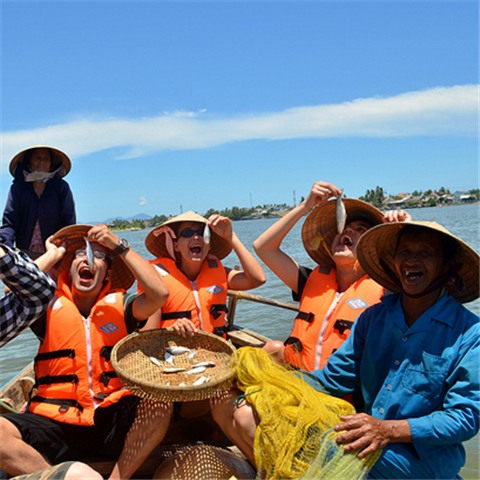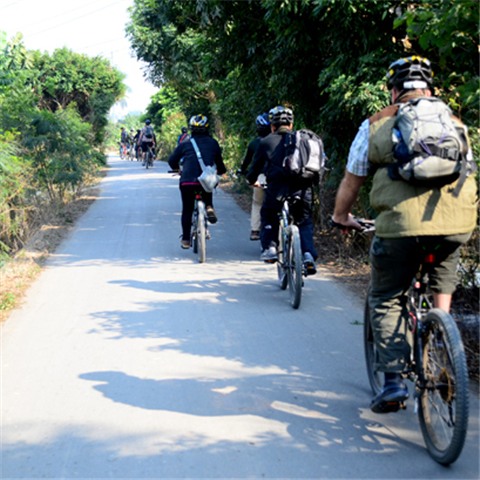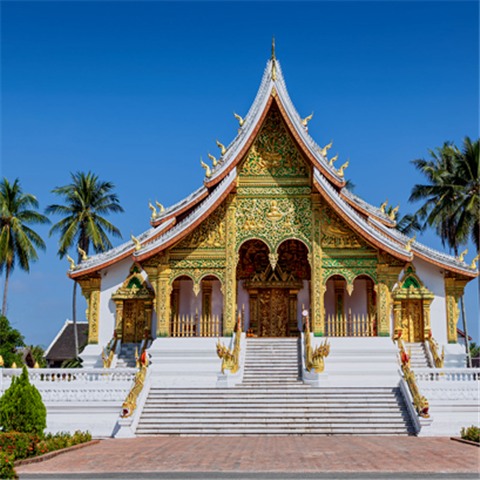Formerly aka Saigon, Ho Chi Minh City is a sprawling metropolis that is home to more than 9 million people. Vibrant and alluring, this city offers something for everyone. It is a study in contrasts: traditional and modern, young and old, rich and poor.
Numerous worthwhile sites within Ho Chi Minh City itself include the Historical Museum, Reunification Hall and the War Remnants Museum (formerly the War Crimes Museum). Within a day's drive there are also several attractions well worth the trip. Apart from the city center, HCM City is also a hub to visit various attractions.
About 3 hours drive from HCMC, Cat Tien National Park is one of Vietnam's most important national parks. It protects one of the largest areas of lowland tropical rainforests left in Vietnam. About 50% of Cat Tien National Park is evergreen forest, dominated by Dipterocarpaceae, 40% of the park comprises of bamboo woodland, the remaining 10% is farmland, wetlands and grassland. The park fauna is impressive, comprising of such impressive megafauna as Asian Elephants, Gaur, Sun Bears and, possibly, Banteng and wild Water Buffalo (and prior to their extinction in Vietnam, the Java Rhinoceros). Some accounts also list tigers, Leopards, Clouded Leopards, Dholes and Asiatic black bears, however a recent series of surveys did not confirm this. The park also holds hosts of smaller mammal species, including Yellow-cheeked Gibbons, Silvered Langurs, Crab-eating Macaques, Lesser Slow Loris, as well as civets, mouse deer, and tree shrews. The park also has impressive bird species including White-winged Ducks, Siamese Firebacks, Great Hornbills and lack Eagles.
READ MORE
Formerly aka Saigon, Ho Chi Minh City is a sprawling metropolis that is home to more than 9 million people. Vibrant and alluring, this city offers something for everyone. It is a study in contrasts: traditional and modern, young and old, rich and poor.
Numerous worthwhile sites within Ho Chi Minh City itself include the Historical Museum, Reunification Hall and the War Remnants Museum (formerly the War Crimes Museum). Within a day's drive there are also several attractions well worth the trip. Apart from the city center, HCM City is also a hub to visit various attractions.
About 3 hours drive from HCMC, Cat Tien National Park is one of Vietnam's most important national parks. It protects one of the largest areas of lowland tropical rainforests left in Vietnam. About 50% of Cat Tien National Park is evergreen forest, dominated by Dipterocarpaceae, 40% of the park comprises of bamboo woodland, the remaining 10% is farmland, wetlands and grassland. The park fauna is impressive, comprising of such impressive megafauna as Asian Elephants, Gaur, Sun Bears and, possibly, Banteng and wild Water Buffalo (and prior to their extinction in Vietnam, the Java Rhinoceros). Some accounts also list tigers, Leopards, Clouded Leopards, Dholes and Asiatic black bears, however a recent series of surveys did not confirm this. The park also holds hosts of smaller mammal species, including Yellow-cheeked Gibbons, Silvered Langurs, Crab-eating Macaques, Lesser Slow Loris, as well as civets, mouse deer, and tree shrews. The park also has impressive bird species including White-winged Ducks, Siamese Firebacks, Great Hornbills and lack Eagles.
Cu Chi Tunnel is well-known nationwide as the base where the Vietnamese mounted their operations of the Tet Offensive in 1968. The tunnels are between 0.4 to 1m wide, just enough for a person to walk along by crouching over. However, parts of the tunnels have been modified to accommodate visitors. The upper soil layer is between 3 to 5m thick and can support the weight of a 60-ton tank and the damage of light cannons and bombs. The underground network provided meeting rooms, sleeping quarters, commanding rooms, hospitals and other social rooms. Visiting the Cu Chi tunnels provides a better understanding of the prolonged resistance war of the Vietnamese people and also of the persistent and clever character of the Vietnamese nation.
Cao Dai Great Templewas built between 1933 and 1955. The Great Temple is 140m long and 40m wide. The interior of the temple consists of a colonnaded hall and a sanctuary. The 2 rows of columns are decorated with dragons and are coated in white, red and blue paint. The domed ceiling is divided into 9 parts similar to a night sky full of stars and symbolizing heaven. Under the dome is a giant star-speckled blue globe on which is painted the Divine Eye, the official symbol of Caodaism. Cao Dai followers worship Jesus Christ, Confucius, Taoism and Buddhishm.

